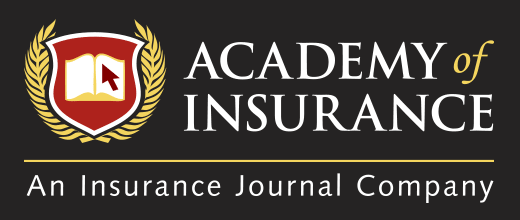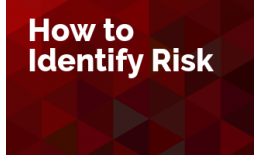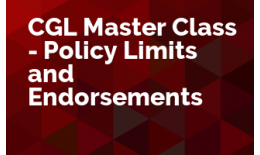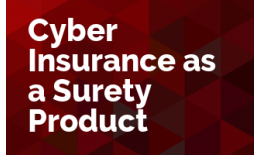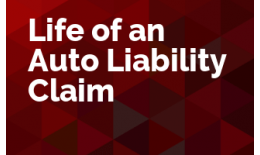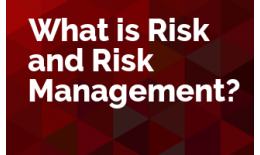Insurance Training Course Catalog
The Interactive Website: You Won't Recognize Yours in Two Years
Do you know what your clients want in your website? Does it matter? After all, it's your website, right? Why think about what the customer wants to see? Join us for this session and Tom Wetzel will help you to understand why the customer's needs really matter more than you think.
How to Identify Risk
In this series, we're taking a high-level look at risk management. In just a few sessions, we will give you a primer on risk management. It won't make you a risk manager, but it is designed to open the discussion about risk, risk management, the place the insurance plays in the process, and how you can better serve your clients.
This session is focused on some of the ways that you can help people to identify the risks that they face. Join us as Patrick discusses ways to identify risks.
CGL Master Class - Policy Limits and Selected Endorsements
In this final session of our CGL Master Class, we will look at how the limits on the CGL policy get used. It may seem straightforward, but when you consider that there are six limits and a loss might touch three of them at once, it begins to get a little complicated. After that, we'll deal with several endorsements that you need to be introduced to because one of your clients might come to you with them on their policy. You need to know how they change the policy and if you need to try and get the endorsement removed.
CGL Coverage - Occurrence and Property Damage
Is a construction defect an occurrence on the CGL policy?
If a breach of contract claims the same damages as a tort claim, why is it excluded, or is it?
Get the answers to these questions and more when you attend this session by Joe Junfola.
Environmental and Pollution Risk and Insurance
Environmental risk continues to evolve. Insureds that didn't think they had a risk do and insureds that knew they had a risk didn't know the extent of their risk.
Join us as Joe Harrington takes a deep dive into the world of environmental and pollution risk.
Drones - Insuring Innovators, Enthusiasts, and Idiots
Drones are in the air and they are being used by businesses, enthusiasts, and the totally unqualified. Join us as Kevin Amrhein clues us into how some common commercial and personal lines policies will respond when a claim comes in related to the use of a drone. Don't miss this class because at least one of your clients is already learning how to fly a drone.
You Can't Read Insurance Policies Like Anything Else (Spanish)
Insurance policies are hard to read. We all know it and we all act like they aren't, especially when a customer asks us a "simple" question. You can't just grab a policy and start reading page one and read all the way through. It jumps around and you have to know where to jump with it. Join us as Patrick (or Maria, in the Spanish version) brings us top guidelines for how to read an insurance policy and more importantly, the simplest ways to explain the policy to your customers.
Cyber Insurance as a Surety Product
Cyber insurance is the fastest growing line of P&C coverage, but at an estimated $5 billion, its annual premium volume is quite small for a risk that affects virtually all enterprises. This presentation will consider whether cyber insurance is best considered as a type of surety product, wherein the insurer is underwriting the capabilities and capacity of the account as much as external hazards. Join us as Joe Harrington brings his perspective on the use of cyber insurance as a surety product.
Life of an Auto Liability Claim
A liability claim is often not cut and dry. What appeared to be a simple claim initially can change directions and become complicated quickly and without warning. Join us as Crystal Uebelher leads us through the life cycle of an auto liability claim, starting with the first notice of loss into the litigation process and through resolution.
What is Risk and Risk Management
Risk abounds in life and in business. In this session, we will examine risk, what is it and what does it mean for us? We will then take a look at how risk can be managed and decide on a process for doing just that.
